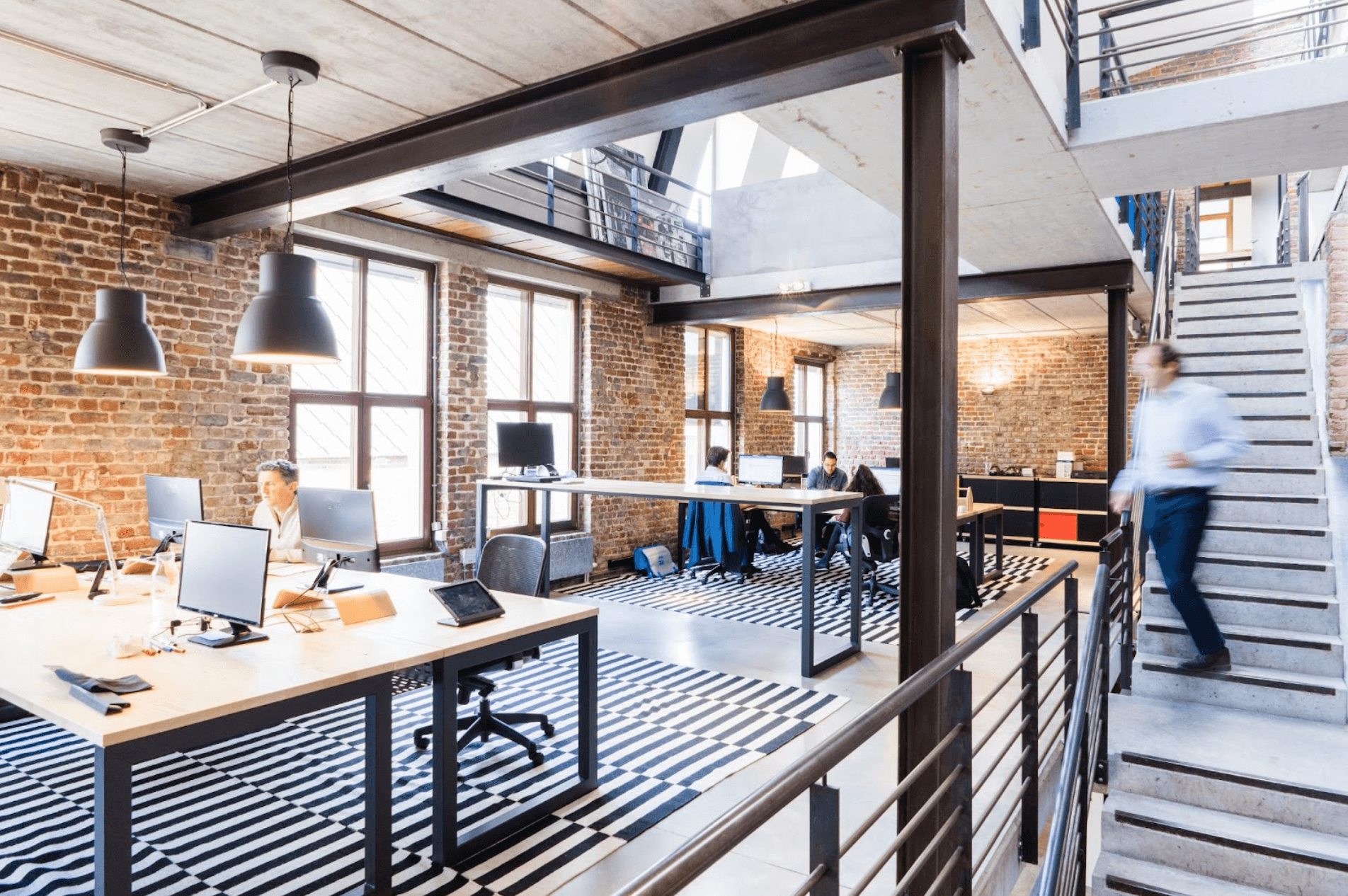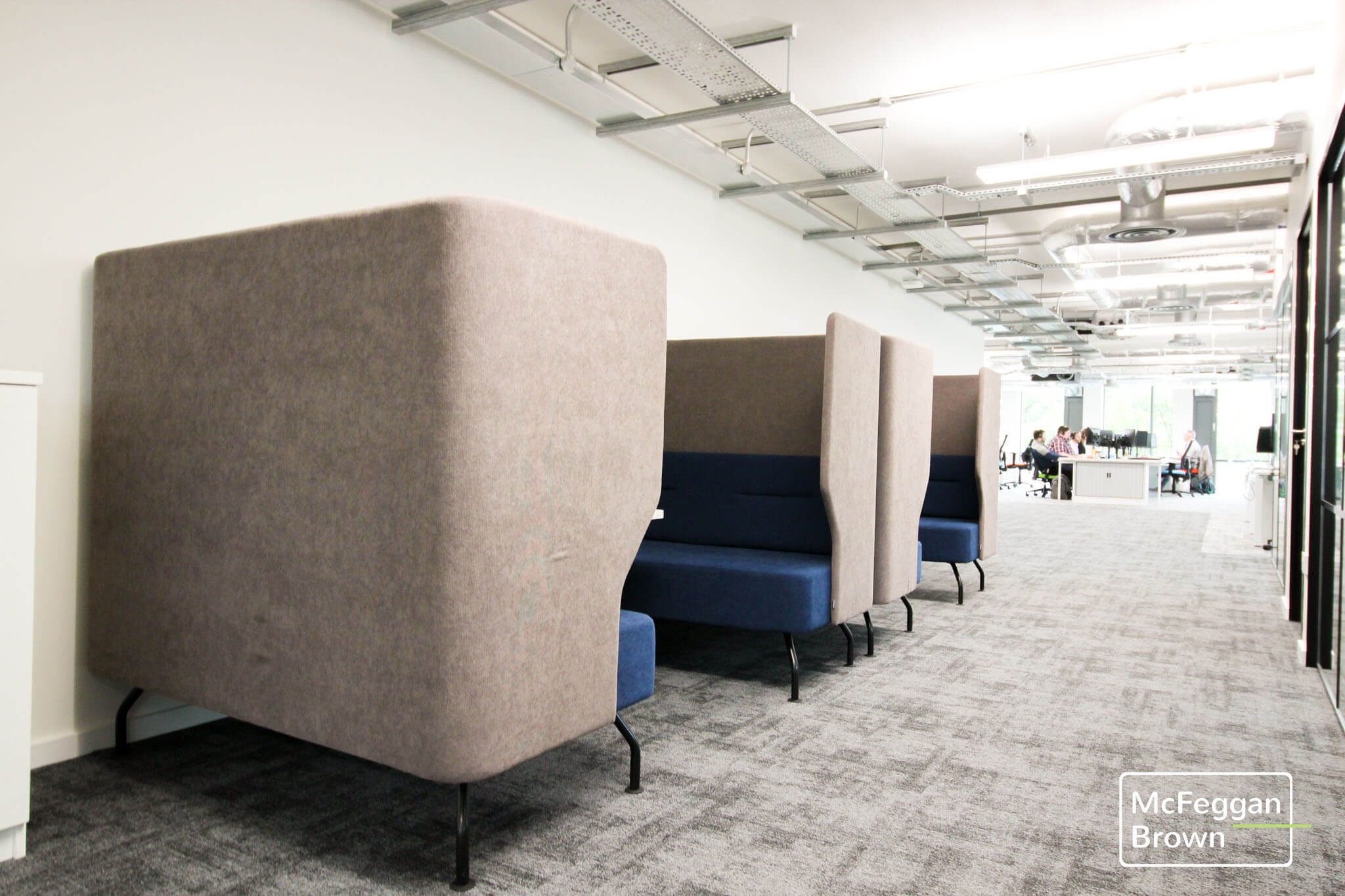Hybrid Working – Making Your Office Work For You

Previously, we wrote about how offices and workspaces may change in the wake of COVID-19. Today we’ll be focusing on the concept of hybrid working and how it may apply to your office and your business activities.
What is hybrid working?
The definition of hybrid working is somewhat blurred and differs from industry to industry, but put simply, it is being able to work anytime and from anywhere. Not only has the advancement of technology enabled office workers to do their jobs from anywhere in the world, but the outbreak of COVID-19 has proven that employees across a wide range of industries don’t need to be in the office every working day.
How does hybrid working work?
Many businesses are now adopting this flexible-working concept, allowing their employees to work abroad, work from home, work in the office or pick and choose depending on what suits their situation at the time.
There are no hard and fast rules about how to do hybrid working but in order to make hybrid working work for a business, boundaries should be set, performance indicators and key aims must be carefully agreed and the main office hub must be adapted to suit the new needs of the business’ employees.

Benefits of hybrid working
The hybrid working method can empower employees and help them to become more innovative and productive. With the option to work at times and in locations that fit in with their lifestyle, they will be happier and less distracted when they’re working.
This can be a big attraction for potential employees when businesses are hiring. Satisfied, happy, skilled and motivated employees will inevitably lead to better customer satisfaction and ultimately a better bottom line profit for your business.
Drawbacks of hybrid working
It can be challenging to make it work for everyone; after all, ensuring everyone in the team can be available at the same time for a meeting can become tricky when working at different times and locations, but this can usually be sorted by setting up regular or recurring meetings at a pre-agreed time.
Some businesses using this working model also choose to implement core hours for a short window of time each day to ensure all employees are working at the same time for at least a few hours.
Spotting inefficiencies and ensuring everyone in your team is happy and feels included can be another challenge of the hybrid working model; however, regular meetings, one-to-ones and virtual or in-person socials will help with these potential stumbling blocks. Behavioural management is of paramount importance when it comes to hybrid working so guidelines and boundaries need to be put in place to ensure everyone fully understands what is expected of them and that trust and accountability is upheld.
Setting up your office
For the hybrid working concept to work for you, it is likely that you’ll need to make changes to your workspace. You may wish to have individual and permanent desk setups for any employees wishing to work from the office on a regular basis as well as hot desks for those dropping in from time to time.
Hybrid workspaces can contain a range of formal and informal work zones for both collaborative and focus time. From breakout areas and meeting rooms to focus pods and office booths, there are lots of options when it comes to commercial office fit out and office design.

What next?
As we transition into 2022, now is the perfect time to consider an office fit out as workers gear up to return to the office. Setting your office up for hybrid working can seem like a daunting task, but McFeggan Brown is here to help you. If you’d like some help with your office design, contact us for a chat today.